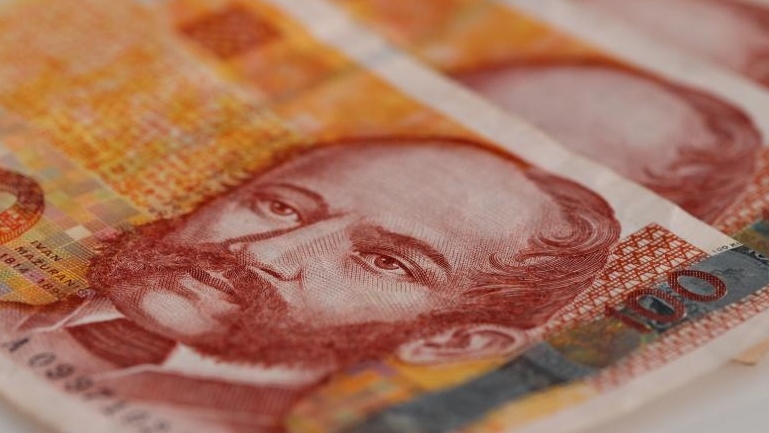
An exhibition marking the 25th anniversary of the introduction of the Croatian currency, the kuna, was opened at Zagreb's Archaeological Museum on Thursday.
The exhibition on the kuna, which was introduced on 30 May 1994, was staged by the Archaeological Museum in cooperation with the Croatian National Bank (HNB).
The author of the exhibition is Tomislav Bilic and it will be open until June 30.
On display are all versions of official and commemorative Croatian coins and banknotes issued over the past 25 years.
On the occasion of the 25th anniversary of the kuna, the HNB and the Croatian Monetary Institute issued a commemorative, 25 kuna coin.
The exhibition was opened by Prime Minister Andrej Plenkovic, who said that the introduction of the kuna and the marking of its 25th anniversary were important events in the history of modern-day Croatia.
He described the kuna as an important symbol of the Croatian state, noting that its introduction had enabled economic stability.
Plenkovic said that along with introducing and using the national currency, Croatia had been aspiring to the European monetary integration since 1991.
"The government and the HNB have shaped the strategy for the introduction of the euro. We want to introduce it gradually... after we create the necessary conditions," he said, describing euro introduction as "the final element of the European integration".
HNB governor Boris Vujcic recalled that Croatia's monetary independence was, among other things, a response to the policy of the National Bank of Yugoslavia, where, he said, outvoting was used to make decisions that served to cover the deficit and finance the subsequent Great Serbian aggression.
Also, monetary independence was an instrument to stop the high inflation and it was successful, said Vujcic, announcing the continuation of the HNB's policy of maintaining the stability of the kuna until the introduction of the euro.
Kakvo je tvoje mišljenje o ovome?
Pridruži se raspravi ili pročitaj komentare



 Srbija
Srbija
 Bosna i Hercegovina
Bosna i Hercegovina
 Slovenija
Slovenija







